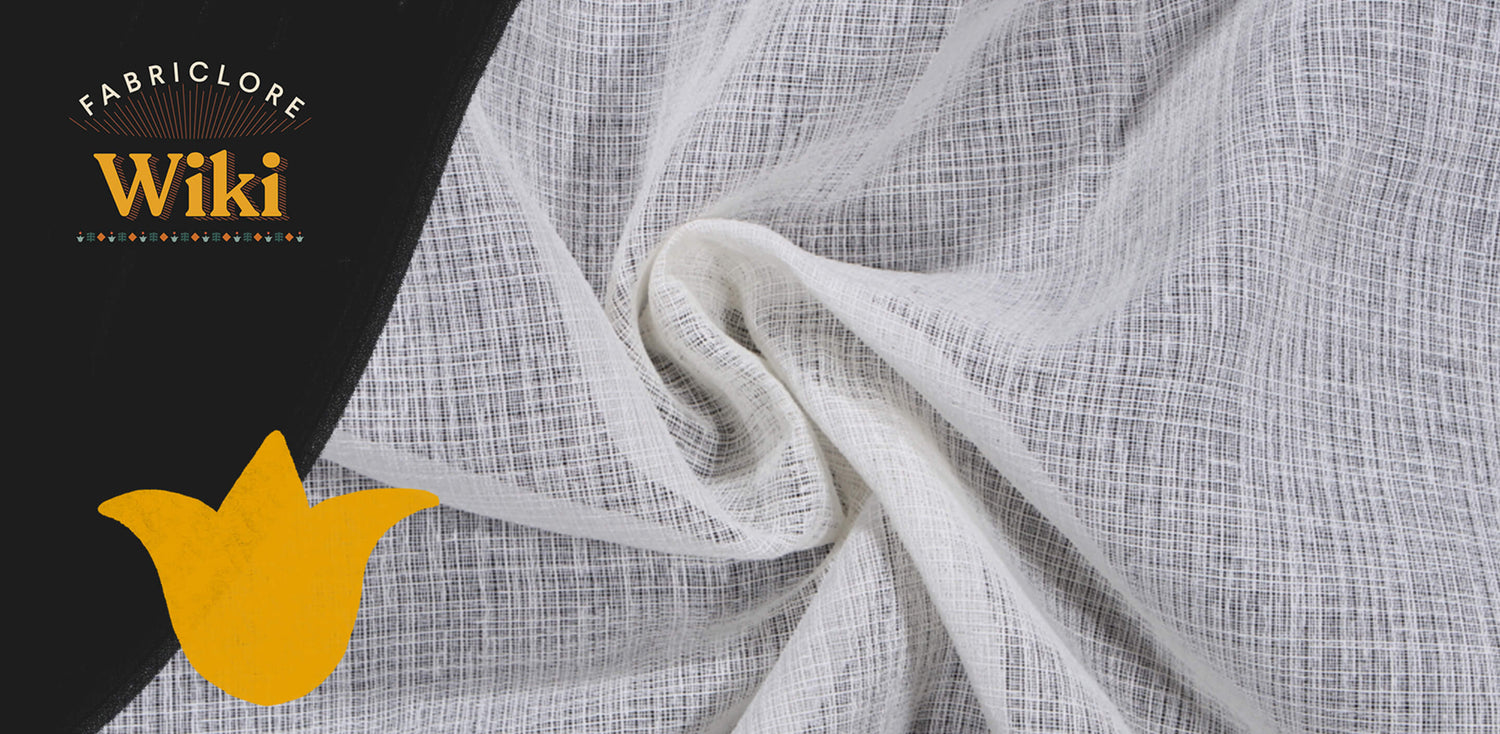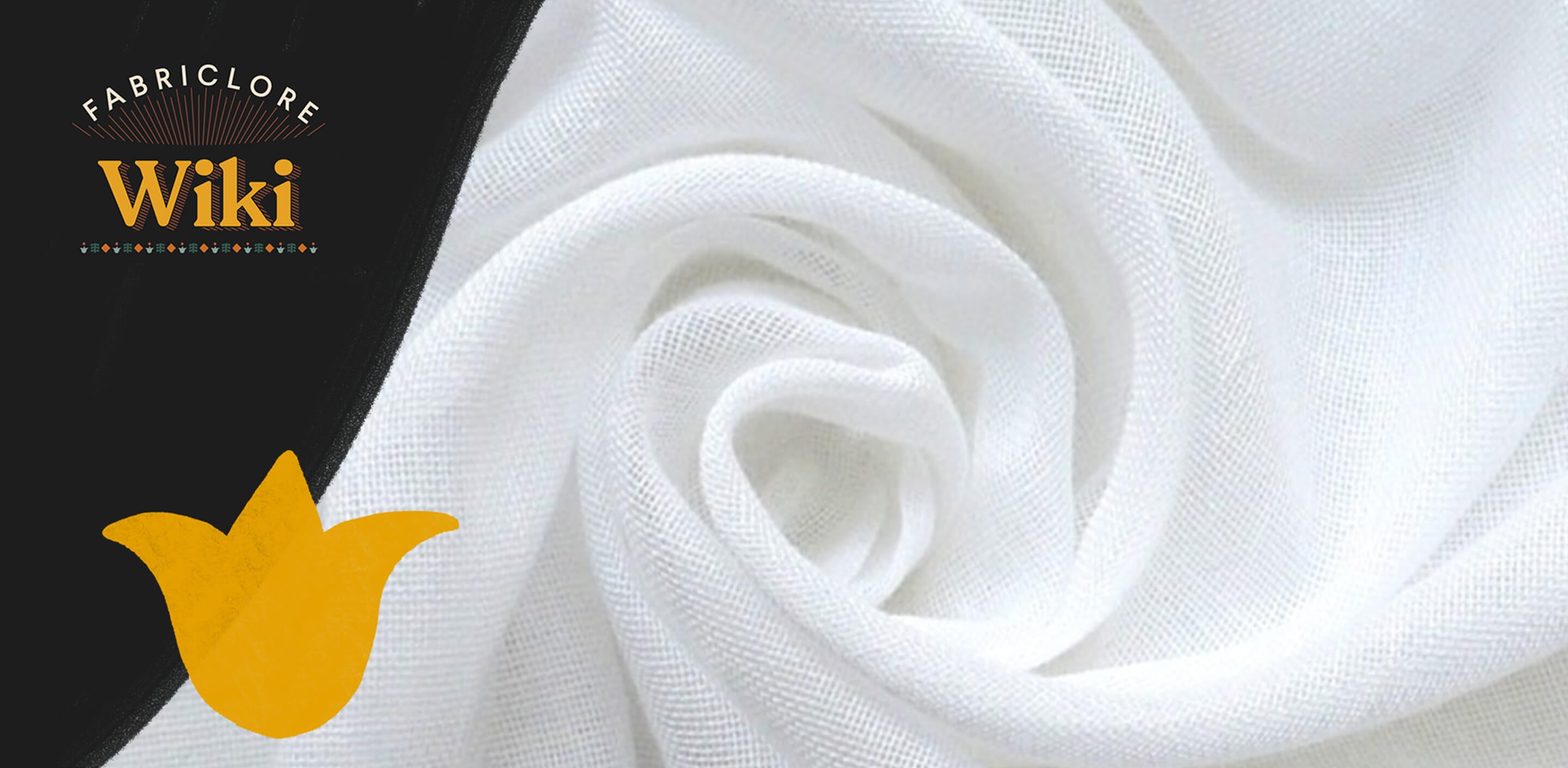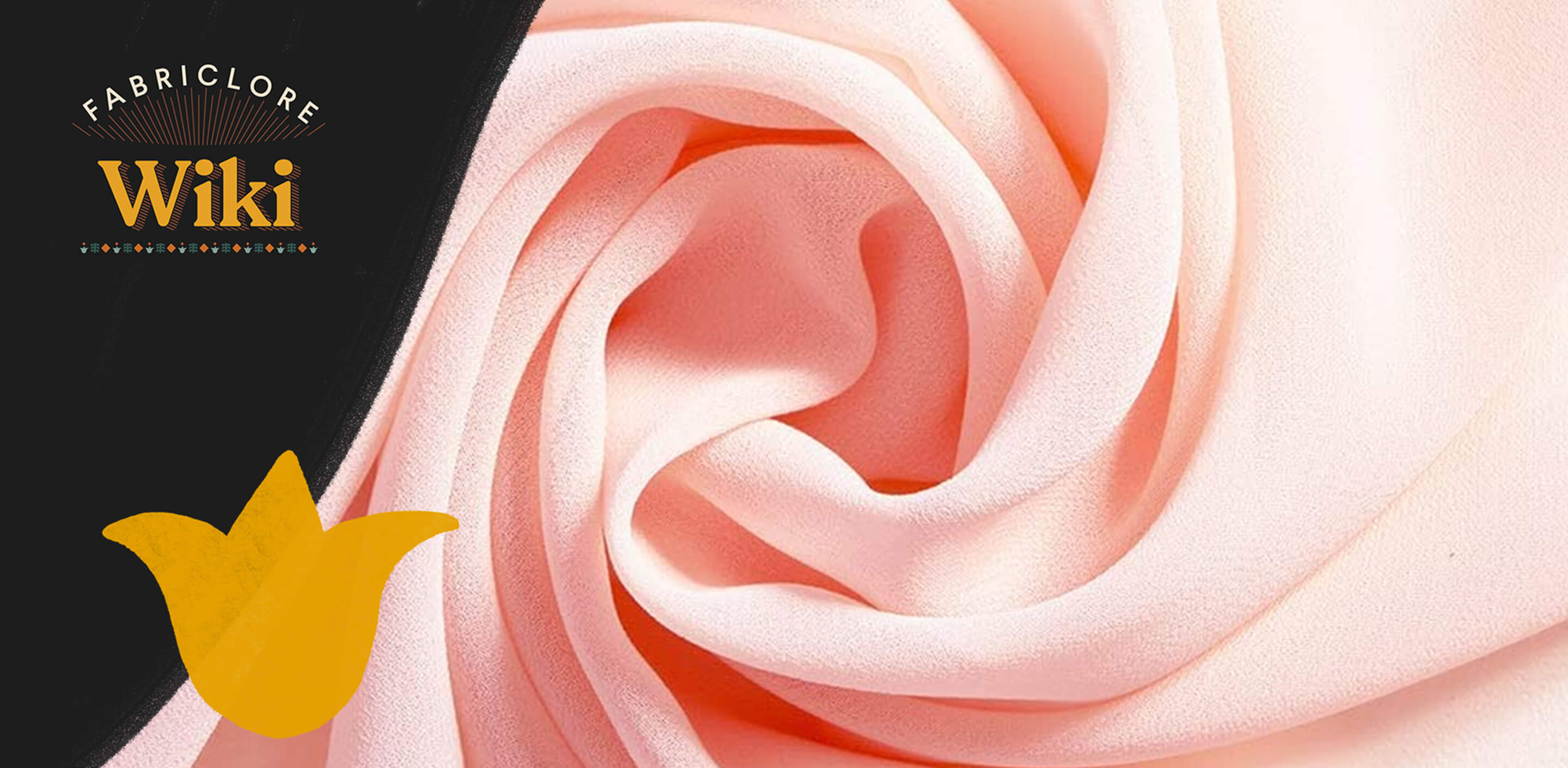What is Abaca Fabric?
- It is a natural fiber that originated in the Philippines from a Musa textilis plant.
- It is a hard fiber, where mature plants are processed and turned into fibers similar to flax and hemp.
- Finer fibers which are 5m long are used to weave cloth whereas the coarser fibers are used in mats and durable cordage.

History
- Prior to the usage of synthetic textiles, Musa textilis was a major source for the creation of high-quality fibers that are soft and silky.
- Origin of abaca is thought to have originated from the eastern Philippines.
- The interior forest in the Island province of Catanduanes comprises numerous varieties of Abaca.
- Europeans came to know about the Abaca fiber when Ferdinand Magellan came to the Philippines in 1521.
- Whereas, throughout the Spanish Colonial era, it was referred to as “Medriñaque” fabric.
- By 1897, around 10,000 tons of abaca fabric were exported from the Philippines, making it one of the three-biggest crops along with tobacco and sugar.

What Makes it Stand Out
|
Texture |
The fabric has a smooth texture with a combed yarn which is pleasant to touch. |
|
Breathable |
Abaca fabric is a durable and breathable fabric. |
|
Luster |
It has a mottled appearance and a luster surface. |
Application & Usage
|
Clothing |
|
|
Accessories |
Hats, shoes, lampshades, book covers, etc. |
|
Home Furnishing |
Curtains, pillow covers, mats, tablecloths, etc. |
Care Instructions
- Wash the fabric in the machine, keeping different colored clothes separate.
- To remove stains, pre-treat the fabric with stain remover and then wash it.
- Do not dry the fabric on a string as it will crease the cloth.
- Use tumble dry in light mode.
- Iron the fabric at a high temperature.
We also happen to be a magnet for suggestions, and would love to catch yours….throw us yours on hello@fabriclore.com





